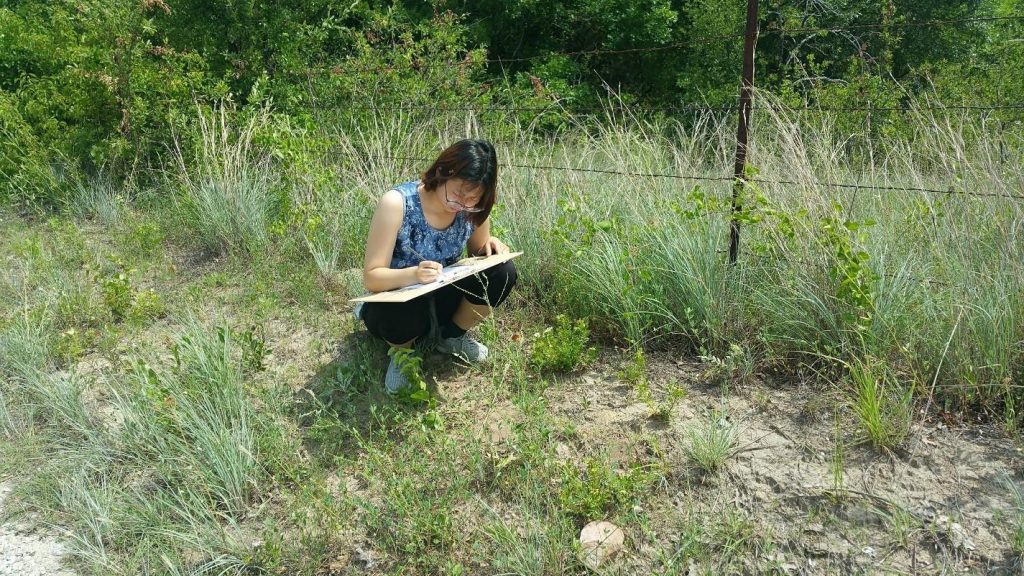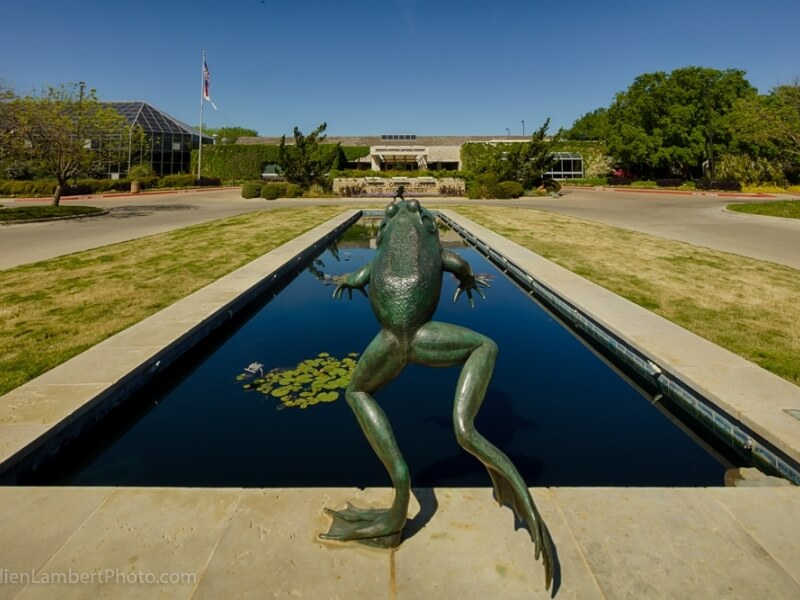A 54-Year Celebration
The Journal of the Botanical Research Institute of Texas (JBRIT) is celebrating its 54th year of continuous publication. It all started when Lloyd H. Shinners—a member of the Southern Methodist University (SMU) faculty and a prolific botanical researcher and writer who wanted to edit his work and the work of others—founded and published the first two issues of Sida, Contributions to Botany on November 23, 1962. He named the journal for a genus (Sida) of yellow-flowered plants of the mallow or cotton family (Malvaceae), distributed throughout the world and especially common in Texas. Shinners served as editor and publisher until his death in 1971, after which William F. Mahler, professor of botany at SMU, inherited the journal and continued to edit and privately publish it. Barney Lipscomb became assistant editor in 1977 and full editor in 1982. Mahler, then-director emeritus of BRIT, transferred the privately published journal to BRIT in 1993.
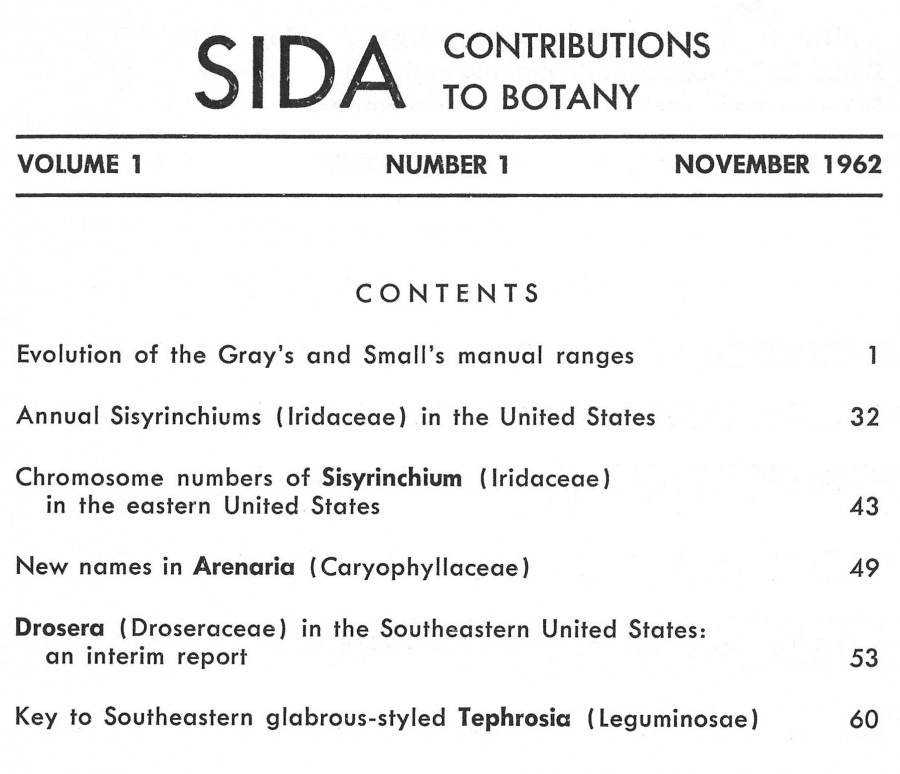
In 2007, Sida, Contributions to Botany was renamed the Journal of the Botanical Research Institute of Texas (JBRIT), continuing the tradition of publishing current research in classical and modern systematic botany. Coverage and distribution are global, and papers have been contributed from around the world. Each issue contains articles on various groups of plants such as palms, ferns, lilies, irises, legumes, primroses, morning-glories, bromeliads, four-o’clocks, daisies, buttercups, roses, agaves, mustards, cacti, orchids, mints, wildflowers, and herbs.
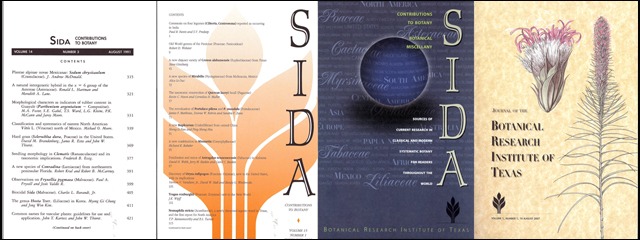
Taxonomy provides the basic “units” necessary to fully and accurately describe biological diversity. The Plant List (www.theplantlist.org/) is a working list of all known plant species and currently contains over a million names and over 350,000 accepted species names of plants. Both Sida and JBRIT have published species new to science, thereby contributing to this base of scientific knowledge about biological diversity. Since 1962, a total of 2836 names of plants have been published in Sida, Contributions to Botany and 1040 in the Journal of the Botanical Research Institute of Texas. The journal today continues the twice-yearly, multiple topic format. For more information or to purchase a subscription, please visit www.jbrit.org.
Chronological Timeline of Sida and JBRIT:
- 1962—Lloyd H. Shinners, member of the Southern Methodist University faculty and a prolific botanical researcher, founds, edits, and publishes Sida, Contributions to Botany.
- 1971—Wm. F. Mahler, professor of botany at SMU, becomes editor and publisher.
- 1977—Barney Lipscomb became assistant editor to Wm. F. Mahler.
- 1982—Barney Lipscomb became editor; Wm. F. Mahler remains as publisher.
- 1993—With Barney Lipscomb as editor, Sida became a publication of the BRIT Press.
- 2002—BRIT celebrated the 40th anniversary of Sida.
- 2006—BRIT Press publishes last issue under the journal name Sida.
- 2007—First issue of Journal of the Botanical Research Institute of Texas is published.
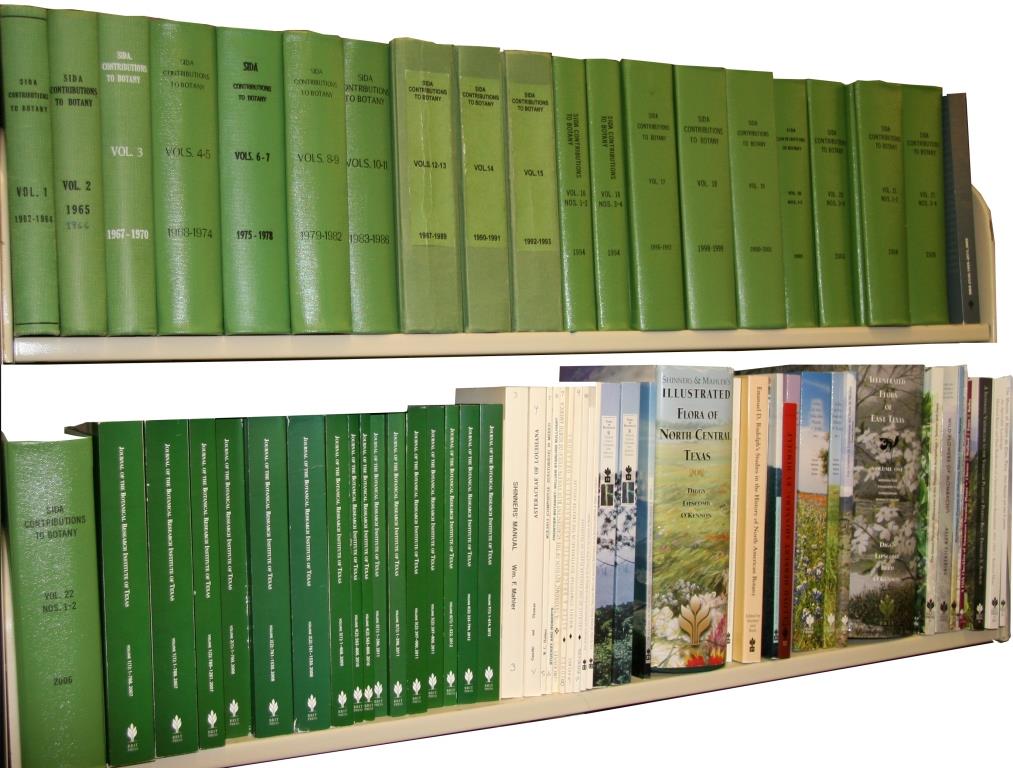
Press Overview
BRIT Press publishes botanical books, including the Illustrated Texas floras series, as well as a biannual and scholarly periodical, Journal of the Botanical Research Institute of Texas.
As of 1 December 2015, BRIT Press has published:
- 48 books
- 111 journal issues
- 38,674 pages
See all that BRIT Press has to offering at shop.brit.org!

